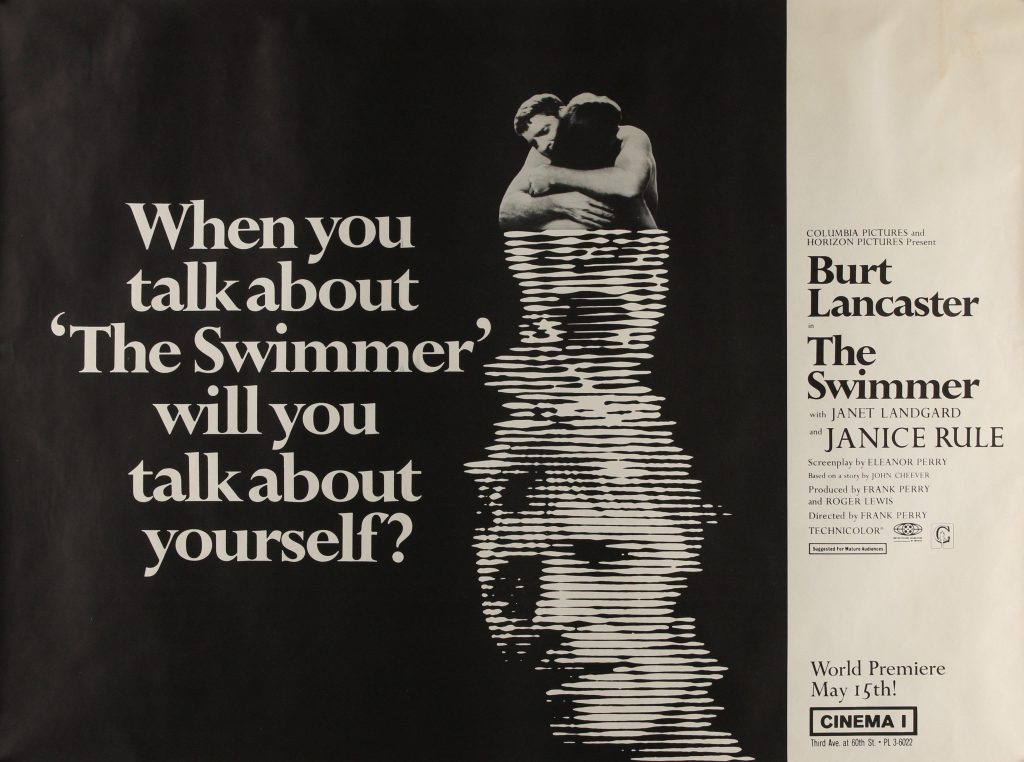That societies are founded on myths is no secret. Such myths, both good and bad, feed the identities of nations and people. They fuse with memories to become history, and in doing so come to shape politics and culture.
Few films get at the heart of American mythmaking like John Ford’s 1962 Western The Man Who Shot Liberty Valance. Jimmy Stewart stars as Ransom Stoddard, a United States Senator who built a life and career on a myth: that he shot and killed the gang leader Liberty Valance (Lee Marvin).
The film begins years later with Stoddard returning to the town of Shinbone with his wife Hallie (Vera Miles) to attend the funeral of their friend, Tom Doniphon, played by John Wayne. Their visit catches the attention of the local newspapermen, who eagerly ask the aging statesman for an interview. Stoddard consents.
What follows is the story of Stoddard’s arrival in town as a poor, ambitious young attorney. A violent encounter with Valance reveals to Stoddard, an Easterner, the lawlessness of the West. He soon meets Doniphon and shares his plan to set up a law office and arrest Valance. While Doniphon, the only man Valance fears, admires Stoddard’s intellect, he suggests he buy a gun instead. Stoddard opts to hang up his law sign, form a school, and teach the townspeople how to read. His logic is simple: an educated public is more likely to back the law and hold the fascistic Valance accountable.
Ford’s friend and contemporary, Howard Hawks, offered a broad yet useful binary for the Western genre: films of the lawless frontier and films that take place after the onset of law and order. The Man Who Shot Liberty Valance transcends this dichotomy, beginning in the latter and then flashing back to the former. When Stoddard places his hand on Doniphon’s coffin, one feels a deep sense of history, both between the two men and the periods of the West they each embodied.
Ford’s film may sound a bit nationalistic, a chest-thumping idealization of American democracy. And sure, there is some of that. But a few subversive moments undermine the country’s foundational myths.
In one of the film’s best scenes, for example, Stoddard leads a lesson on the country’s founding documents. Pompey (Woody Strode) volunteers to discuss the Declaration of Independence with the class. Stoddard asks him to recite the beginning from memory, the “We hold these truths to be self-evident …” part. At first, Pompey hesitates before slowly reciting the words. After a long pause, Stoddard chimes in with the rest: “that all men are created equal.”

At the end of their exchange, Pompey assures Stoddard that he just momentarily forgot. But did Pompey, who is Black, actually forget the words? Or did he pause to question whether such an obvious lie could, in fact, be the opening of such a revered document? We are not sure. But in Pompey’s pause, Ford leaves just enough room for us to wonder and reflect.
This is not to say that Ford’s films are anti-racist, progressive bastions. (The opposite is often true.) Yet Ford’s work, particularly in his later years, often deconstructed American mythmaking, and the inclusion of the scene with Pompey, one that is otherwise not germane to the plot, pokes a clear hole in the histories we so often have jammed down our throats, even by well-intentioned people like Stoddard.
Valance works as a mercenary for the territory’s wealthy ranchers, who are actively opposed to statehood. As Stoddard’s influence in the town grows, the people and their local newspaper, led by the fearless Dutton Peabody (Edmond O’Brien), feel empowered to make their voices heard. As the seeds of democracy begin to grow, one sees the populist vein that runs through much of Ford’s work come to a head.
After a particularly violent night, Stoddard, in a rage, picks up a gun and confronts Valance. Two shots ring out and the villain drops dead. Stoddard becomes a folk hero. Later, Peabody puts forward Stoddard’s name at a political convention to represent the territory in Washington as part of their fight for statehood. Disgusted by the reasons for his fame, Stoddard storms out of the convention hall. Doniphon corners him and shares the truth: he, not Stoddard, killed Valance. At Doniphon’s insistence, Stoddard accepts the nomination and the rest is history. We then return to the present, where Stoddard finishes telling the newspapermen of Doniphon’s heroics. Instead of printing the story, the editor tears it up. “This is the West, sir,” he says. “When the legend becomes fact, print the legend.”
The Man Who Shot Liberty Valance offers the nuanced view that sometimes myths are worth perpetuating. As Stoddard leaves the state via train, we think of Doniphon, a blue collar rancher, and his sacrifice. Without the lie, there may never have been a Senator Stoddard, or a state, or a railroad. The populace may well have been worse off and left the victims of the greedy ranchers.
Watching Ford’s film sixty years later, one cannot help but admire the intellectual honesty that is absent from so much of contemporary life. In today’s culture wars, one side remains willingly ignorant of history, as right-wing figures view questioning the country’s so-called “founders” as sacrilegious. Books that tell alternative, more just histories are regularly banned from schools; elected officials are more concerned with protecting statues of racist traitors than improving the lives of those who pass them each day.
As Stoddard would say, education is key to a freer, fairer society. Ford’s film offers a useful lesson: Acknowledging the existence of myths is not a weakness. And if we all paused, like Pompey, to separate the good myths from the bad, we may be all the better for it.
“The Man Who Shot Liberty Valance” is available for digital rental or purchase.



